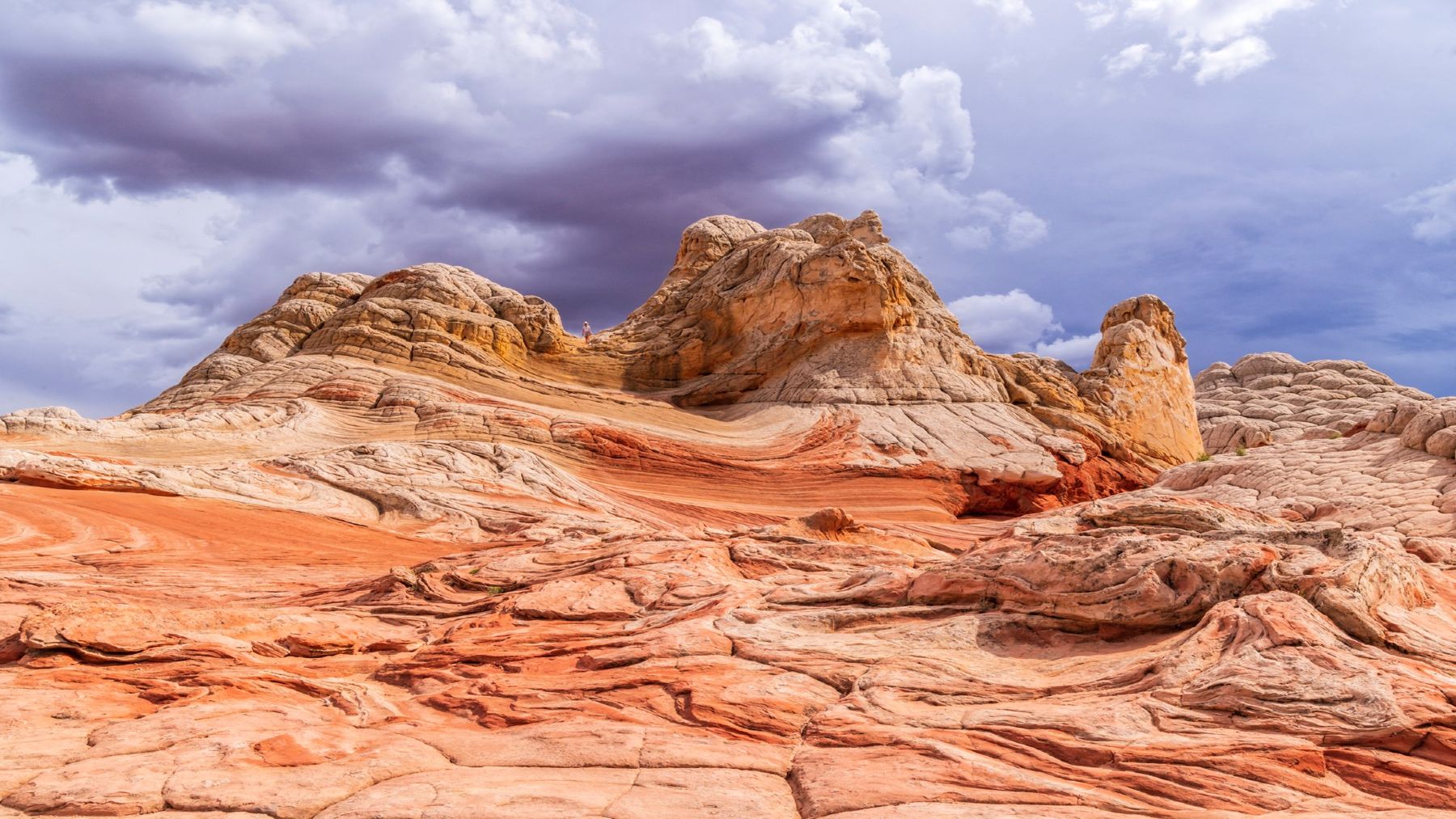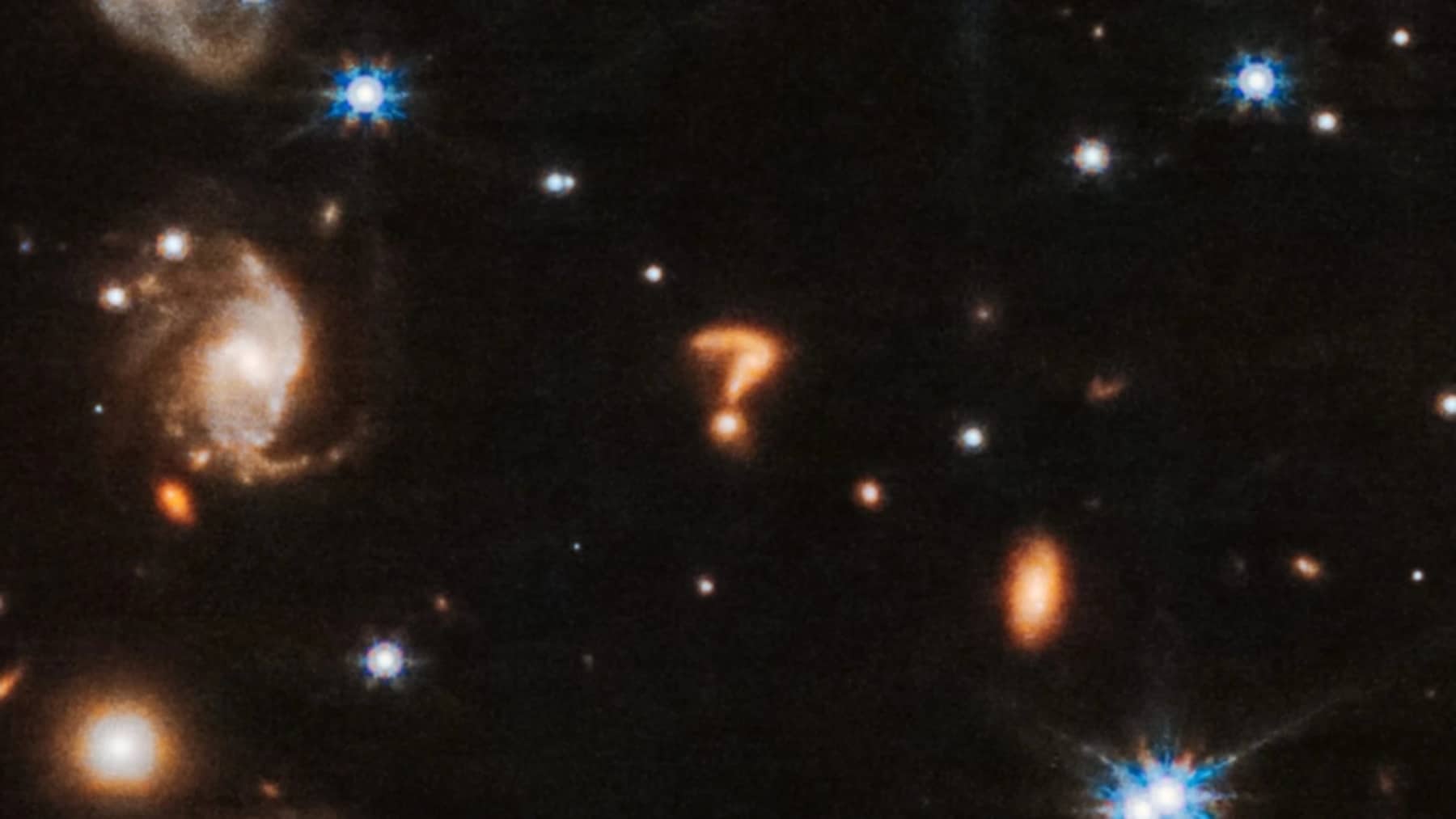National monuments across the US have been protected sanctuaries for decades, safeguarding cultural heritage, historic landmarks, and natural wonders from industrial violation. However, a new executive order signed by Interior Secretary Doug Burgum threatens to jeopardize these lands. Burgum initiated a review process that could potentially pave the way for oil, gas, and mineral extraction on lands that have been safeguarded for generations. By initiating this review, Burgum may essentially alter these protected landscapes.
American energy independence or destruction? Burgum’s order threatens national monuments
Burgum’s order, dubbed “Unleashing American Energy,” directs the Interior Department to study the possibility of making national monuments available for energy development. The order comprises a review of 157 sites across 33 states, including the newly created sites the Chuckwalla National Monument and the Sattitla National Monument in California. California, which contains the most national monuments, would lose over 4 million acres of protected land, including the Mojave Trails, Carrizo Plain, Sequoia NF, and the iconic Muir Woods.
The 1906 Antiquities Act, which has been used by presidents historically to set aside national monuments, is now being used to take a fresh look at these designations. This follows historical precedent, such as former President Donald J. Trump’s contentious shrinkage of Bears Ears and Grand Staircase-Escalante in Utah, which President Biden subsequently restored.
Energy Secretary Jennifer Granholm called the plan “Do-It-Yourself Energy,” and despite increasing resistance from environmentalists, indigenous communities, and outdoor recreation advocates, the Biden administration gives every sign that it intends to sell off the sanctity of the land again.
The new directive threatens the Grand Canyon’s uranium protection against mining
This review is a strategic push to increase mining and fossil fuel production. The order also calls for the need for domestic sources of rare earth minerals and critical resources, which include uranium (like these solar panels made from uranium), coal, and cobalt.
National monuments, which have long been considered off-limits to such extractions, were left open to them. Grand Staircase-Escalante is known to have valuable deposits of coal and cobalt, and Bears Ears sits atop deposits of uranium.
Similarly, the Baaj Nwaavjo I’tah Kukveni, Ancestral Footprints of the Grand Canyon National Monument was established in part to protect the region from uranium mining near the Grand Canyon, but that protection may now be undone.
Burgum’s directive specifically calls for revisiting land withdrawal policies, opening the door for mining operations and possibly undermining decades of conservation work. Although it doesn’t immediately open those lands to extraction, it lays the groundwork for such exploitation in the future. Legal experts say that reversing protections will require a thorough legal process, but history has demonstrated that determined administrations can reshape monument boundaries and designations.
Public outrage: Critics described Burgum’s order as a ‘secret land grab’
Predictably, Burgum’s directive has seen a furious backlash from environmental groups, tribal leaders, and outdoor recreation organizations. Many consider this action a secret ploy to undermine public land protection behind the facade of energy independence.
Aaron Weiss of the Center for Western Priorities said the decision was misguided, adding, “Burgum knows that smashing monuments is wildly unpopular, which is why he can’t even bring himself to utter the words ‘national monuments’ or ‘Antiquities Act’ in his orders.”
Dan Hartinger from the Wilderness Society also repeated these concerns, stating that the administration was “hiding the ball” about the significance of these reviews. Legal challenges are all but guaranteed. In the past, lawsuits have been able to stop attempts to shrink national monuments, and many advocacy groups already indicated their intent to sue if any monument boundaries are changed.
Mining and drilling on national monuments threaten America’s heritage, ecosystems, and economy. These lands, once sheltered, are now at industrial risk (just like how the world is at risk after filling pipelines with hydrogen). Public pressure and litigation are the only ways they could be saved.














